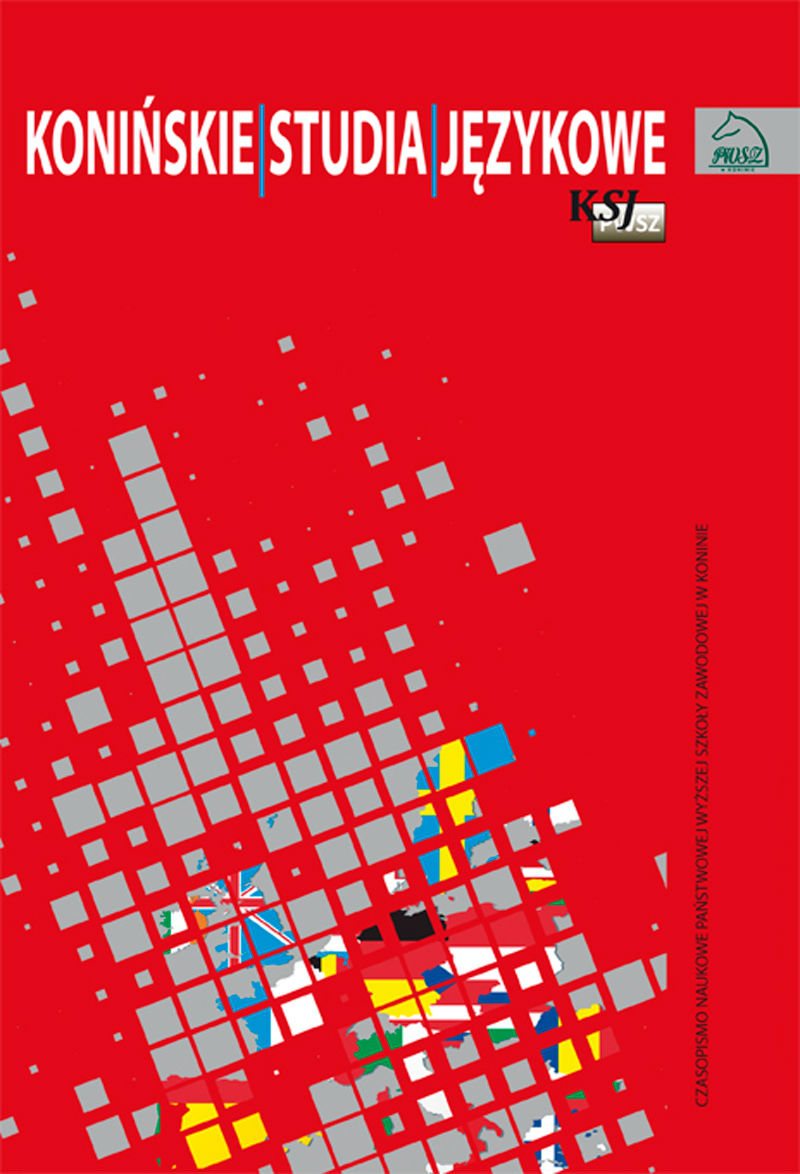Dynamic emergent patterns of L2 willingness to communicate within the ecology of the classroom
Dynamic emergent patterns of L2 willingness to communicate within the ecology of the classroom
Author(s): Majid Elahi Shirvan, Tahereh TaherianSubject(s): Foreign languages learning
Published by: Akademia Nauk Stosowanych w Koninie
Keywords: willingness to communicate; ecological understanding; nested ecosystems model; motivation
Summary/Abstract: The purpose of this study is to investigate the dynamic factors influencing willingness to communicate (WTC) in an English as a foreign language (EFL) classroom in Iran at a private institute, over the period of one semester, from an ecological perspective. Six students (2 males and 4 females) participated in the study allowing intensive, individual-level microanalysis. The data was gathered through semi-structured interviews, classroom observations, and learning journals. Qualitative content analysis was applied to the data through reading, coding and revising the codes which were later analyzed by MAXQDA in light of Bronfenbrenner’s (1979, 1993) nested ecosystems model as an analytical framework. Six WTC factors within the microsystem of classroom ecology were identified: cognitive factors, linguistic factors, and affective factors. In addition, factors at the meso-, exo-, and macro-system and their effect on classroom WTC were explained. The findings shed light on an ecological understanding of the dynamics of Iranian EFL students’ WTC in language classrooms. The comparison of these findings with those of a previous study within the context of China is also discussed.
Journal: Konińskie Studia Językowe
- Issue Year: 4/2016
- Issue No: 4
- Page Range: 415-438
- Page Count: 24
- Language: English

